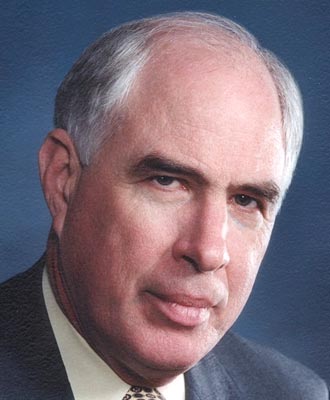Abstract
The world is currently producing about a million barrels of oil more than it uses, every day. So, the price of oil has decreased, following a well-known “law of economics” This has put enormous financial pressure on all producers, especially the high-cost producers in the new shale resource plays. So, these “unconventional” producers will have to cease operations first, thus reducing the supply and increasing the price (rescuing the more efficient producers of conventional oil), unless they find a better way to conduct their operations.
The key to a successful strategy is the realization that most unconventional field operations are very inefficient. Hard numbers are hard to come by, but a commonly cited figure is that 80% of the production comes from 20% of the wells (or 20% of the frac stages). If we would drill (or frac) only those 20%, we would get most of the production, while avoiding most of the cost. Somebody else would become the high-cost producer, and the economic casualty.
So, that raises the question, “How do we know which 20% of our prospects to drill (or to frac)?” The successful strategy is not to do “less of the same”, conducting operations the same way as today, but with fewer people. The successful strategy is to find a better way to conduct our field operations :
We should actually explore for the best places to drill (and to frac), finding the sweet spots before drilling the boreholes, or fracing the stages. And, this will require more geophysics, not less.
Amazingly, most unconventional operators do not explore for the best places to drill or frac; they just drill on a grid, and frac aggressively. It is a strategy driven by a mass-production manufacturing mentality, rather than an exploration mentality. It is unsustainable, even at $100/BBL, and certainly not today.
However, the techniques for exploration for the sweet spots of unconventional production are not the same as have been developed so successfully for conventional reservoirs. The conventional reservoirs being discovered today were hidden by structural complexity of the overburden, and are revealed by advanced seismic imaging. But, the unconventional reservoirs are usually in structurally simple settings, and imaging them is not difficult. Instead, they require advanced subsurface physical characterization (using seismic data, plus rock physics) to estimate hydrocarbon saturation, porosity, frackability, fracture location, density, orientation, etc.
Further, most of these unconventional reservoir rocks are seismically anisotropic. Hence isotropic rock physics will be useless for this problem. Whenever you hear the terms “velocity”, or “Young’s modulus”, or ”Poisson’s ratio”, without a directional modifier (e.g. “vertical velocity”), the speaker is thinking in isotropic terms, from the 1970’s, and is not likely to be of help in the current context.
But we should admit that our community does not really know enough anisotropic rock physics to construct a rational program of exploration for the sweet spots of unconventional hydrocarbon production. Leon will briefly discuss some elementary ideas of anisotropic AVO, and of anisotropic geomechanics. In the months to come, we will learn a lot more; stay tuned…
Biography
Leon Thomsen holds degrees in geophysics from Caltech (B.S. 1964) and Columbia (Ph.D. 1969). His academic career began with post-doctoral appointments at CNRS in Paris, and at Caltech, followed by faculty appointments at the State University of New York at Binghamton (1972-80). Thomsen's industrial career in 1980 at Amoco’s famous Tulsa Research Center. Following the change of its mission in 1994, he joined Amoco's worldwide exploration department in Houston. Following the merger with BP, he served in BP’s Upstream Technology Group in Houston, as Principal Geophysicist. In 2008, he retired from BP, joined UH and Lawrence Berkeley National Laboratory, and founded Delta Geophysics. For his work in seismic anisotropy, Thomsen was given the Fessenden Award in 1994 by the SEG. He served as the SEG Distinguished Lecturer in 1997, and as the SEG/EAGE Distinguished Instructor in 2002. Thomsen is an Honorary Member of GSH and EAGE. He served SEG as President during 2006-07. He is a foreign member of the Russian Academy of Natural Sciences, and holder of their Kapitsa Medal.






